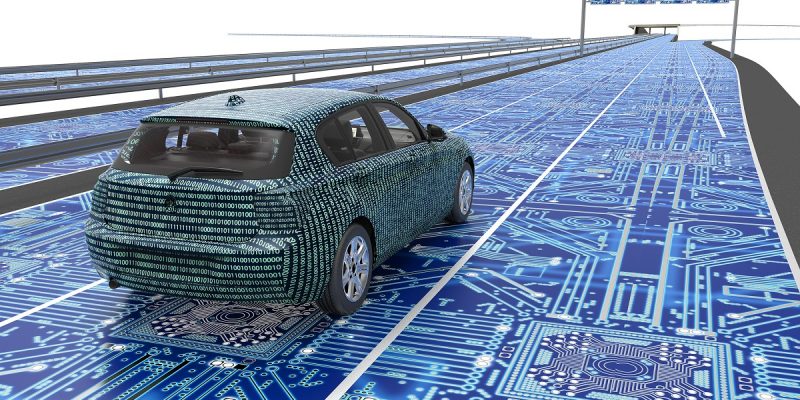Cars unlikely to become more computer than transport
The automobile industry wouldn’t be as sprawling and as massive as it is today without effective marketing hype.
Recently, advances in ADAS technology have some individuals in, and adjacent to, the industry saying that vehicle “brains” will approach, or even match, the status of supercomputers. Let’s take a quick glance at this myth before delving into the more interesting reality.
S.A. Applin, a fellow at cultural anthropology at researcher HRAF who concentrates on the impact of technology on society, said bluntly that this is impossible. “Supercomputers are exceptionally advanced apparatus. They can’t fit into a car physically and they can currently cost over $500M,” according to her.
That being said, the power and scope of in-vehicle systems is indisputably, and endlessly, growing. No, we won’t ever be riding atop monster computers dedicated to carting us around autonomously but where might this ever-accelerating pace of innovation get us to?
Some speculate that in-car systems will become too powerful to leave idle and are planning accordingly. Canadian next-generation vehicle maker Daymak says it is packing cryptocurrency mining capability into its in-car systems, which will kick in with the 2023 Spiritus, a three-wheeled EV currently in pre-order. According to Daymak, its Nebula software platform will allow owners to not only mine cryptocurrencies but store them on the company’s proprietary crypto wallet. So, in other words, the Spiritus could theoretically mine and stash happily away while parked and awaiting owner in the driveway, the garage or on the street.
Maxwell Zhou, CEO of robo-truck and taxi developer DeepRoute.ai, is one executive knee-deep in ADAS who’s skeptical about this outside-the-car computing potential. He pointed out that “at this moment, it would be ideal if we could crowdsource the spare computing power and apply it to other functions but for, highly automated vehicles, the computing power is positively correlated with the cost so, usually, there won’t be much spare computing power left.”
To read the complete article, visit TU-Automotive.

















